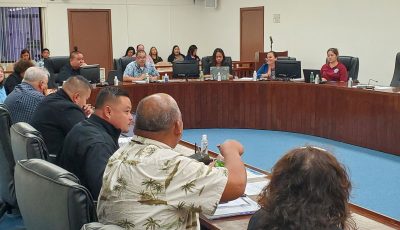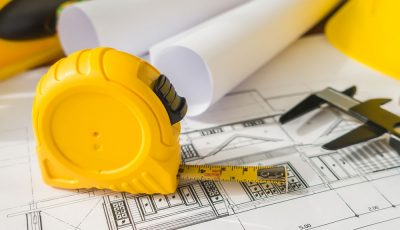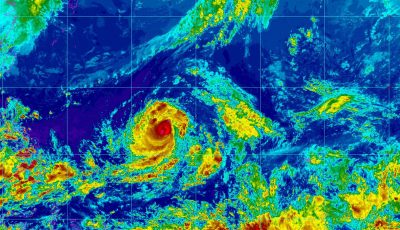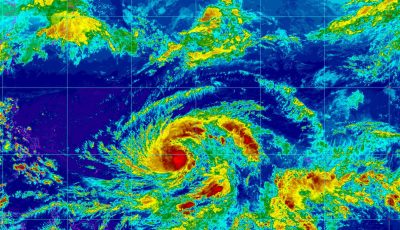PSS worries about impact of school closures
Pangelinan says school campus is one of the safest places for kids
The Public School System is worried about the impact school closures have had and will continue to have on its students, staff, and the CNMI community, according to Dr. Bonnie Pangelinan, who is the PSS associate commissioner for Student and Support Services.
In her presentation before the House of Representatives Committee on Education Monday, Pangelinan said that the past year and a half of school closures have been marked by several phases of interrupted learning.
“The gap that we see is even greater with our disadvantaged students. That there is some trouble validating and measuring growth,” she said.
Pangelinan was making the presentation to provide the Education Committee, chaired by Rep. Leila C. Staffler (D-Saipan), with updates on the planned resumption of in-person classes at PSS. The Board of Education had voted to resume in-person classes at PSS on Nov. 29.
Pangelinan said since they don’t have students on campus, assessing their performance and growth becomes even harder, and even more critical for high school seniors who are on their way to college.
She said school is one of the places where they can guarantee a meal for most students so nutrition also suffers, with negative impacts extending to the lack of physical outlets and disconnection with teachers, students, peers, and caring adults on the school campus.
As for mental health concerns, she said their mental health referrals for the year alone have almost doubled the number they had last year.
Pangelinan said they know that even with the social isolation that the students are experiencing, for the most vulnerable students who might be in situations where they are in danger, that issue is something that the school counselors and their partners in advocacy areas are worried about.
She said COVID-19 and community spread are at the forefront of PSS minds.
“Somehow we have created this illusion that closing schools means keeping our kids safer when, in fact, the school campus is one of the safest place kids can be,” she pointed out.
She said they can control the students’ behavior in schools and control the safety measures in school campuses—which is not something they can do outside campuses, and that they do not control what happens outside schools.
“So we’re worried that during this time that schools are closed, and kids come back and we do another screening, we’ll see even more [COVID-19] cases,” Pangelinan said.
She also shared the three prongs that they use to determine how to open schools. At the very initial stages, they always look at the community vulnerability level, she said, because it tells them what the community spread might be, and how it might impact the student population.
“We know that even now it is still green. And so that tells us that our kids and our faculty and staff are safe,” Pangelinan said.
She said they also use the school readiness measures to determine whether or not, or how they’re going to open schools. “Do we have the infrastructure in place to provide safety for students and staff? Do we have the staff that is needed not just for the classrooms but on campus to provide monitoring?” she asked.
Lastly, if they have the resources to implement safety measures. “Do we have PPEs (Personal Protective Equipment)? Do we have the funding to support revamping the classrooms, putting extra safety precautions in place?” Pangelinan asked.
They are also guided by the governor’s executive orders. “We look at the CVL [and] we measure it against the rate in the CVL, and then we determine from there whether or not we’re going to open schools in cohorts, whether or not we’re going to implement extra safety precautions,” she said.
Pangelinan said extra safety precautions might look something like static cohorting—when students are in one classroom the whole day and do not transition to other classes and their meals are brought to them. In that way, if there is a need for contact tracing, it is a lot easier, she said.
She said schools retains the option to open via remote learning in hybrid situations or using learning packets, which they did the very first time they closed schools.



























